Alphecca, also designated as Alpha Coronae Borealis, is an eclipsing binary star located in the constellation of Corona Borealis. It is also one of the magical Behenian fixed stars and the brightest star of its constellation.
Key Facts & Summary
- Alphecca is composed out of two main-sequence stars, and it is located at around 75.0 light-years / 23.0 parsecs away from our little Sun.
- The primary star, Alphecca A, is a white main-sequence star of spectral type A0V.
- The secondary star, Alphecca B, is a yellow main-sequence star of spectral type G5V.
- The apparent magnitude of the star system is 2.23 however, the stars eclipse each other and thus it results in brightness variations from 2.21 to 2.32 magnitude. The absolute magnitude varies from +0.16 to +5.05.
- The primary star, Alphecca A, is enveloped by a circumstellar disk of dust similar to the one enveloping the star Vega.
- Alphecca A dominates its companion from every aspect. It has around 2.58 solar masses, and a radius between 2.89 – 3.04 solar radii.
- Alphecca A is also much hotter than both its companion and our sun, with average temperatures estimated at around 9.700 K.
- Alphecca A is radiating much energy, being 74 times brighter than our sun.
- The primary star is also a very fast spinner, having a rotational velocity of 139 km / 86.3 mi per second. This contributes to its material being blown off and resulting in the enveloping circumstellar disk.
- Alphecca B is much smaller. It has around 0.92 solar masses and 0.90 solar radii.
- The secondary star is very similar to our own sun, it has an almost matching surface temperature of 5.800 K.
- Alphecca B also spins much more slowly, having a rotational velocity of around <14 km / <8.6 mi per second.
- Alphecca B is also less luminous than our sun, having only 0.81 solar luminosities.
Throughout the ages, Alphecca bore many names bestowed upon it by different cultures. It was known as Alphecca Gemma, Gnosia, and Asteroth.
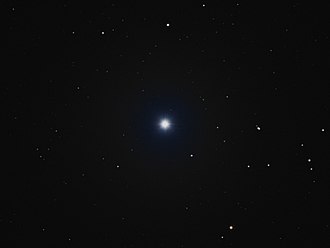
The traditional name Alphecca remained the star's most favorable name established by the WGSN. The traditional name, Alphecca Gemma, comes from Arabic and translates to “the bright star of the broken ring of stars” – referring to the constellation’s shape and Alphecca’s position, and distinctive brightness. Gemma is Latin for “jewel,” as the constellation is known as the Northern Crown.
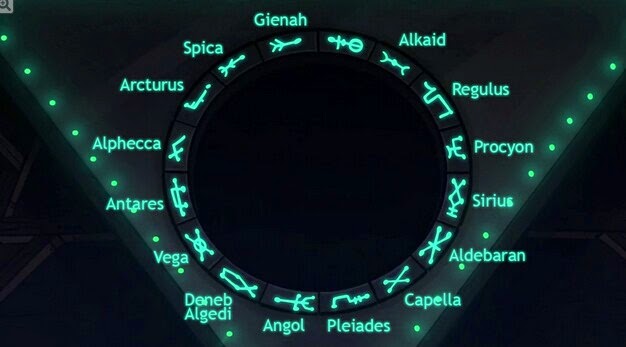
Alphecca is one of the 15 Behenian Fixed Stars. These stars were considered in medieval times to have magical attributes and were associated with stars and other objects.
Alphecca was associated with Venus and Mercury, it conveyed honor, dignity, and both poetical and artistic ability. The star was imaged as a crowned man or he, it gave chastity and the love and goodwill of men. It was also associated with topaz, rosemary, trefoil, and ivy.
Formation
Alphecca formed around 0.314 billion years ago. It is unknown if both stars formed at the same time. However, based upon its age and motion through space, Alphecca has been associated as a member of the Ursa Major Movin Group of stars. These stars have a common origin, age, and motion.
Aphecca formed in this previously open cluster when gravity pulled the swirling gas and dust of a molecular cloud together and resulted in the brightest star of the Corona Borealis constellation, that we now today call Alphecca.
Distance, Size, and Mass
Alphecca is located at around 75.0 light-years / 23.0 parsecs away from our little Sun. It is the 67th brightest star in the night sky visible to the naked eye.
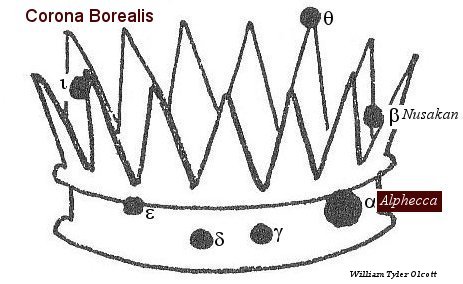
The primary star, Alphecca A, is much bigger than our sun. It has 258% of the sun’s mass or 2.58 solar masses. Its radius is between 289% or 304% of the sun’s radius or 2.89 to 3.04 solar radii. Thus it is more than three times bigger than the sun.
Aplhecca B, on the other hand, is smaller than our sun. It has around 92% of the sun’s mass or 0.92 solar masses, and 90% the sun’s radius or 0.90 solar radii.
Other Characteristics
The primary star, Alphecca A, is a white main-sequence star of spectral type A0V. It has an apparent magnitude of 2.23 but since the star system is an eclipsing variable, the magnitude varies from 2.21 to 2.32 while the absolute magnitude varies from +0.16 to +5.05.
Alphecca A is enveloped by a circumstellar disk of dust similar to the one enveloping the star Vega. This disc extends up to a radius of 60 AU from Alphecca. Since the star is a fast spinner, having a rotational velocity of 139 km / 86.3 mi per second, it most likely contributes to its material being blown off and resulting in the enveloping circumstellar disk.
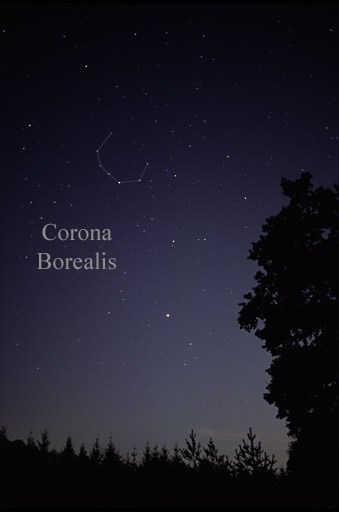
The average surface temperatures of Alphecca A, have been estimated at around 9.700 K. It is 1.6 times hotter than our sun. The star is also radiating much more energy than our sun. It is 74 times brighter.
The secondary star, Alphecca B, is a yellow main-sequence star of spectral type G5V, it is very similar to our own sun. It has average surface temperatures of around 5.800 K, being with 22 K hotter than our sun.
The secondary star spins much more slowly than the primary star, having a rotational velocity of around <14 km / <8.6 mi per second. Alphecca B is also less energetic than our sun, having only 0.81 solar luminosities. However, the secondary star X-ray’s luminosity is 30 times greater than the peak activity level of the Sun.
Star System
The two components in the Alphecca star system orbit each other in an eccentric orbit once every 17.36 days. The pair form a detached eclipsing binary system similar to that of the multiple star system Algol.
Location
Alphecca is located in the constellation of Corona Borealis, the celestial Northern Crown, marking the base of the crown. There are only 8 known stars associated with this constellation.
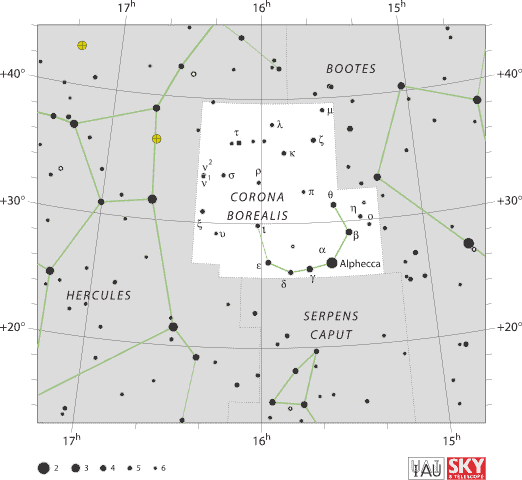
The Corona Borealis constellation is one of the smallest constellations located in the northern hemisphere. It is one of the 48 constellations listed by the 2nd century Greco-Roman astronomer Ptolemy. The constellation is visible to observers north of 50°S.
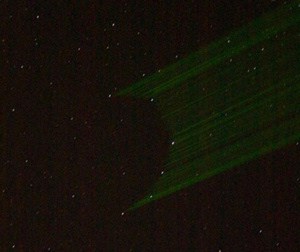
The Future
Since Alphecca is associated with the Ursa Major Moving Group, it is quite possible that it will leave its crown asterism in the far future, since it has its own movement throughout space, different from the other stars. As for now, both stars seem stable and will remain so for many years. The primary star’s circumstellar disk may be a favorable place for a planet to be born.
Did you know?
- The famous Pleiades star cluster sits almost opposite Alphecca on the sky’s dome. In mid-November, the celestial objects switch places in the sky after 12 hours.
- The star’s Latin name, Gnosia, translates to “star of the crown of Knossos.” It’s Hebrew name, Asteroth, translates to “idols” – Astarte.
- In regards to Behenian attributes, Alphecca is said to rule the lowest vertebra of the spine in the human body.
- The Chineses knew Alphecca as the Fourth Star of Coiled Thong – an asterism formed by Alpha, Pi, Theta, Beta, Gamma, Delta, Epsilon, Iota, and Rho Coronae Borealis.
Sources:
Image source:
- https://upload.wikimedia.org/wikipedia/commons/thumb/8/8d/Alpha_Coronae_Borealis.jpg/330px-Alpha_Coronae_Borealis.jpg
- https://cayelincastell.com/wp-content/uploads/2017/10/behenian-star-glyphs.jpg
- https://www.constellationsofwords.com/images/stars/Alphecca.JPG
- https://upload.wikimedia.org/wikipedia/commons/d/d2/CoronaBorealisCC.jpg
- https://upload.wikimedia.org/wikipedia/commons/thumb/a/ae/Corona_Borealis_IAU.svg/522px-Corona_Borealis_IAU.svg.png
- https://en.es-static.us/upl/2010/12/corona_borealis_kyle_foley_300.jpg
